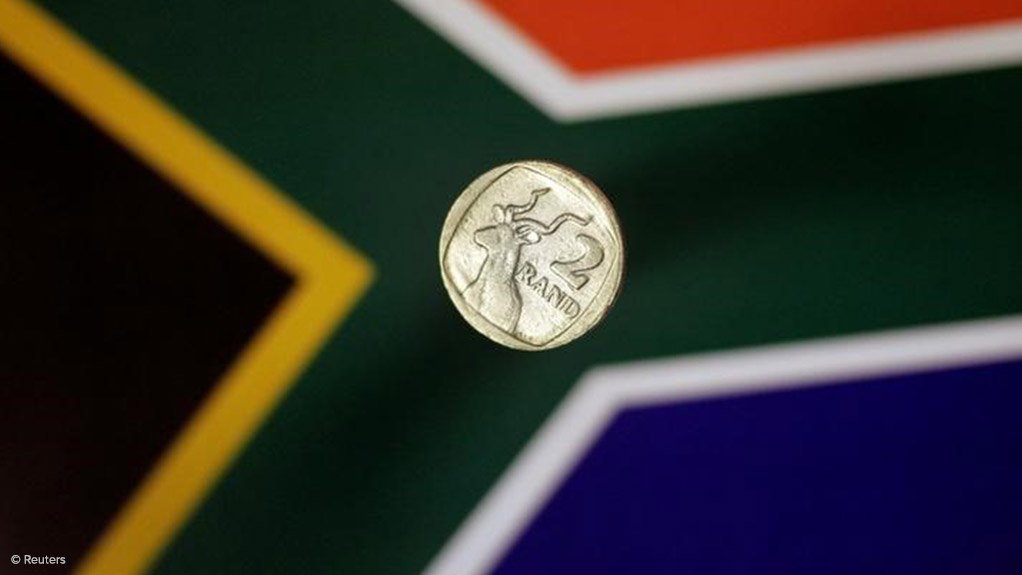South Africa’s inflation rate is expected to fall below 4% for the first time in more than three years in September, sealing the case for borrowing costs to be lowered again next month.
The median of 15 economists’ estimates in a Bloomberg survey is for consumer prices, due Wednesday at 10 am in Johannesburg, to rise an annual 3.8%. That compares with 4.4% in August and is the second straight month that inflation is below the 4.5% midpoint of the central bank’s target range, where it prefers to anchor expectations.
Softer oil prices, moderating food costs and a stronger rand have helped ease price pressures. The currency has gained almost 5% against the dollar since a business-friendly governing alliance took power in June after the African National Congress lost its outright majority in elections held the month before.
While most economists in a separate survey expect the deceleration will encourage the South African Reserve Bank’s monetary policy committee to cut rates by a quarter point for a successive meeting on November 21 to 7.75%, some see scope for a half-point reduction.
“We believe there is room for the SARB to cut a little bit more aggressive,” said Patrick Buthelezi, economist at Sanlam Investments, who forecasts inflation to slow to 3% by the time of the MPC’s final meeting of the year next month. But it will probably be reluctant to do so after some US monetary policymakers urged the Federal Reserve to proceed with caution on the pace of rate reductions after a half-point cut in September, said Buthelezi.
While South Africa’s central bank has more space to maneuver, it has “made it quite clear that if perhaps the Fed is the hare in the race, the SARB is the tortoise,” Frank Blackmore, lead economist at KPMG in South Africa said. “I think in hindsight, given the values we’re seeing now, of inflation, we could have followed the Fed with a 50-basis point reduction, and then taken it more cautiously from November onwards.”
In its bi-annual monetary policy review published last week, the SARB affirmed that pricing in financial markets signal another quarter-point cut next month, an estimate that wasn’t out of line with the county’s macroeconomic outlook. They are only pricing in a 30% chance of a bigger cut.
The SARB would also be cautious about the potential impact of conflicts in the Middle East, Blackmore said.
“All we need is a bit more of the spread in the war in the Middle East to affect oil prices, to put upward pressure on prices and feedback into inflation,” he said. “And then what do we do in January? We have to increase rates. I think the bank wants to avoid any such flip flopping on rates.”
EMAIL THIS ARTICLE SAVE THIS ARTICLE
To subscribe email subscriptions@creamermedia.co.za or click here
To advertise email advertising@creamermedia.co.za or click here











